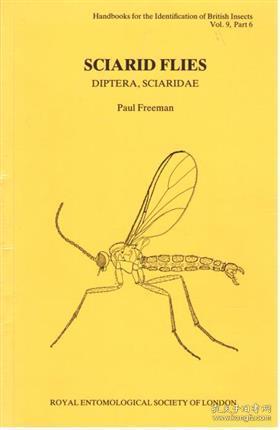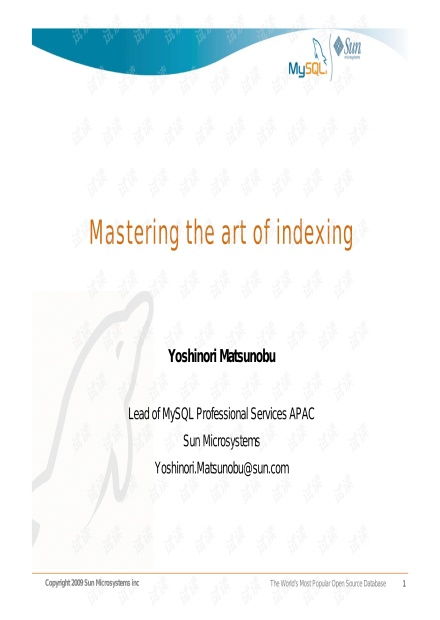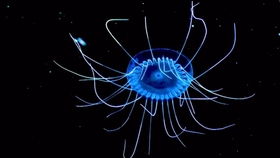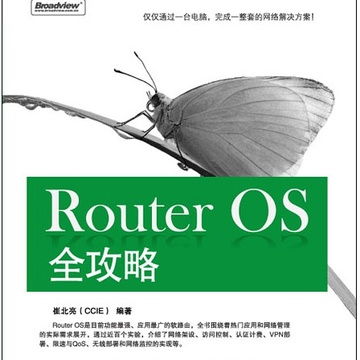Article Content:

Introduction: Fishing has always been a popular outdoor activity, and with the right techniques, it can be both relaxing and rewarding. Among the many types of fish that anglers pursue, carp is a highly sought-after species. One of the most common and effective baits used for catching carp is the humble earthworm. In this article, we will delve into the art of蚯蚓fishing and provide you with valuable tips on how to钓carp successfully.
Choosing the Right蚯蚓: The first step in mastering蚯蚓fishing is to select the right type of earthworm. Different regions have varying species of earthworms, so it's essential to know which ones are most effective in your fishing spot. Some popular choices include nightcrawlers, red wigglers, and European nightcrawlers. Each type has its unique characteristics, and it's important to choose the one that best suits your fishing environment.
Preparing the蚯蚓: Once you have the right type of earthworm, it's crucial to prepare it properly. The best way to do this is by cutting the earthworm in half or in smaller pieces. This ensures that the bait stays on the hook longer and increases the chances of attracting carp. Be sure to make clean cuts to avoid leaving any bits of worm on the hook, which can spook the fish.
Attaching the蚯蚓 to the Hook: Properly attaching the蚯蚓 to the hook is vital for a successful catch. To do this, thread the end of the earthworm onto the hook, leaving a small portion of the worm exposed as the bait. This allows the carp to see the bait and increases the likelihood of them striking. It's important to ensure that the worm is securely attached to the hook, as a loose bait can easily fall off and alert the fish to the presence of the angler.
Choosing the Right Hook and Line: Selecting the right hook and line is equally important in蚯蚓fishing. For carp, a size 4 to 6 hook is typically sufficient. These hooks are strong enough to handle the size of the fish while being small enough to attract them. When it comes to the line, a monofilament line with a breaking strength of 6 to 12 pounds is ideal. This line is strong enough to handle the weight of the fish and sensitive enough to detect bites.
Selecting the Right Fishing Spot: To increase your chances of catching carp with蚯蚓bait, it's essential to find the right fishing spot. Carp are often found in areas with plenty of vegetation, such as reeds, lily pads, and submerged trees. These areas provide shelter and food sources for the fish. Look for areas with a strong current, as carp tend to congregate in these areas. Additionally, pay attention to the water temperature, as carp are more active in cooler waters.
Patience and Timing: Carp can be quite elusive, and patience is key when蚯蚓fishing. It's important to wait for the right moment to cast your line. Try to identify areas where carp are most active, such as during low light conditions or during the cooler parts of the day. Once you have identified a potential spot, cast your line and wait for a bite. If you don't get a bite, don't be afraid to move to a new location.
Handling the Catch: Once you have successfully caught a carp, it's important to handle the fish with care. Avoid unnecessary rough handling, as this can stress the fish and potentially harm it. Use a net to gently scoop the fish out of the water, and be sure to release it back into the water as quickly as possible to minimize stress.
Conclusion: Mastering the art of蚯蚓fishing for carp requires patience, practice, and a good understanding of the fish's habits. By following these tips and techniques, you'll be well on your way to becoming a skilled蚯蚓fisherman. Happy fishing!












